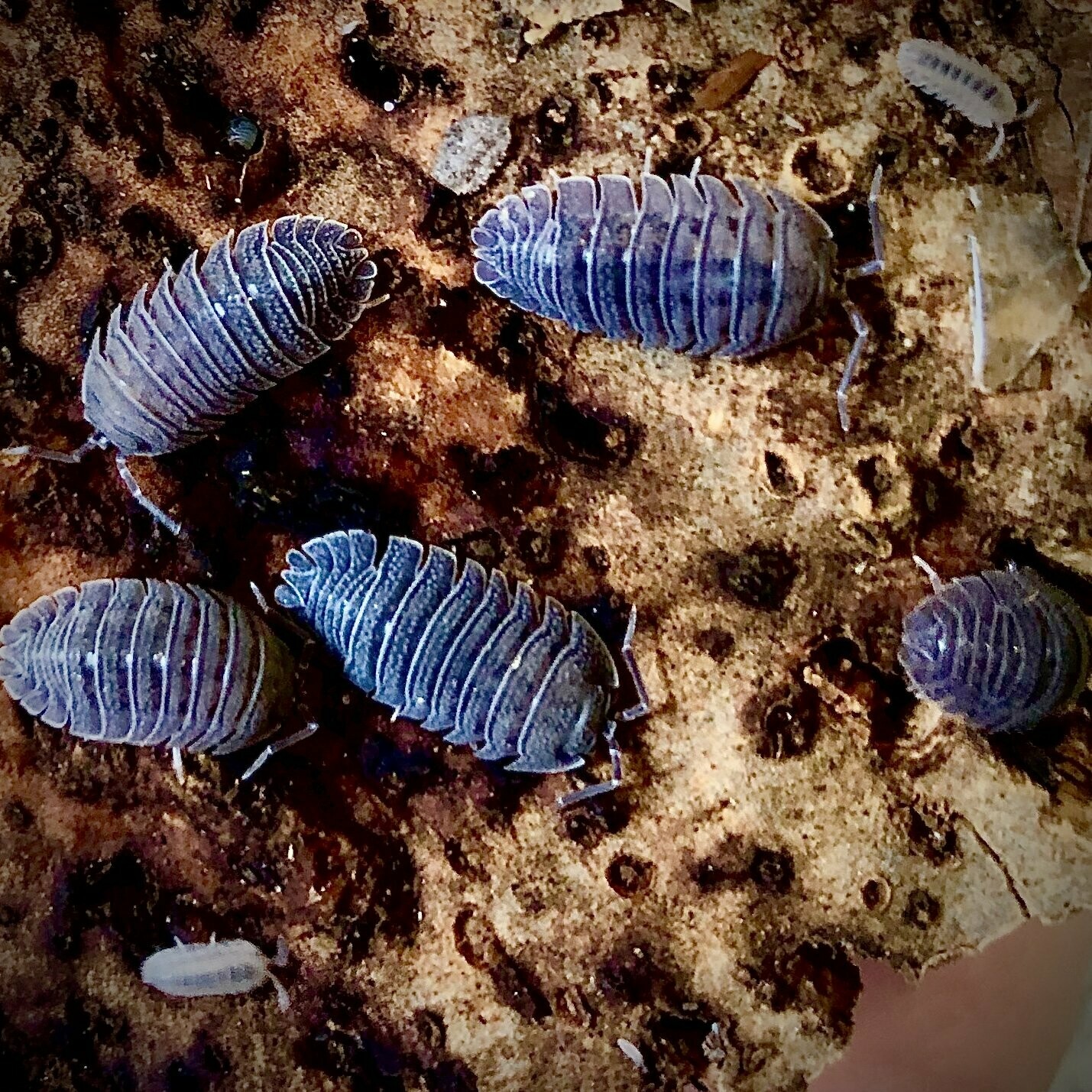
Armadillidium peraccae
Armadillidium peraccae is a species of isopod belonging to the family Armadillidiidae, which is commonly known as pill bugs or roly-polies. This species, like others in its family, possesses unique adaptations that allow it to thrive in its natural habitat.
| Common Name | Armadillidium peraccae |
|---|---|
| Scientific Name | Armadillidium peraccae |
| Taxonomy |
|
| Habitat | A. peraccae is typically found in damp environments, including leaf litter, under rocks, in soil, and within decaying wood. These habitats provide the necessary moisture required for survival and prevent desiccation. |
| Region | This species is primarily found in the Mediterranean region, including areas of southern Europe. Its specific distribution can vary by local ecosystems and climatic conditions. |
| Lifespan (Years) | 2 |
| Diet | Decaying plant matter, leaf litter, calcium supplement, occasional protein |
| Humidity Range (%) | 60–90 |
| Temperature Range (°C) | |
| Conservation Status | Although Armadillidium peraccae is not currently classified as endangered, its populations may be affected by habitat destruction or changes due to climate change. Conservation of damp habitats is crucial for their continued existence. |
| Coloration | A. peraccae is generally characterized by a range of colors, including shades of grey, brown, and sometimes yellowish tones. The coloration can vary significantly among individuals, depending on environmental factors and genetic variation. |
| Care Notes | Provide moist substrate with hiding spots. Use leaf litter, decayed wood, and moss. Ensure moderate to high humidity with ventilation. |
| Breeding Info | Can breed in captivity with stable environment. Some species are prolific, others slow. |
| Adult Size (cm) | Armadillidium peraccae typically measures around 1 to 2 centimeters in length, although size can vary based on environmental conditions and individual growth factors. |
| Temperament | Shy to docile, species dependent |
Image credited to Adam @ MicroExotics
Was this helpful?
0 / 0